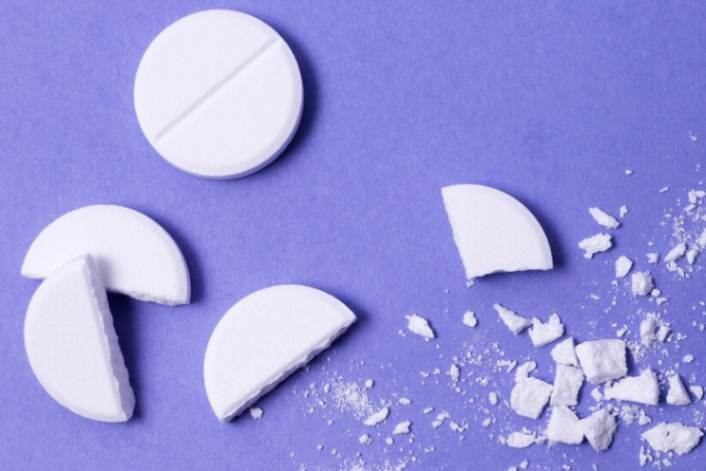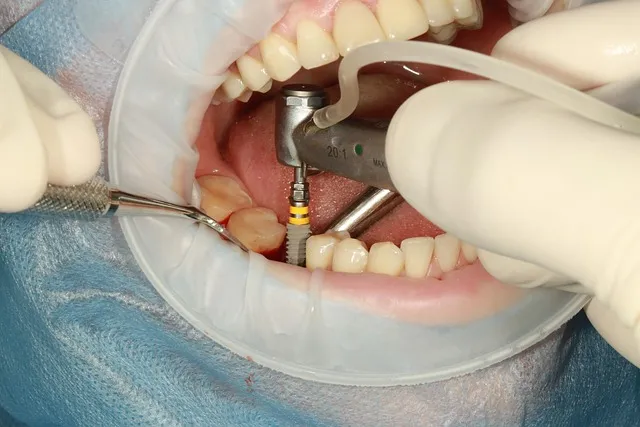Dental sealants are plastic coatings on the surface of permanent teeth. These can be placed over the molars and premolars to help protect them from cavities or further decay. These are good for the teeth of teenagers and children. They help prevent the sticky and chewy foods from sticking to the surface of the teeth and, thus, can help protect the teeth from cavities. In this blog, we will look at sealants in teeth and how sealants are for the teeth. What are the benefits of using adhesives for teeth? What are the aftercare needs and costs of the bonds?
Why are dental sealants placed on the teeth?
The grooves on the chewing surfaces of the premolars and molars can make them more susceptible to decay. These fissures can develop deeper, cleaner teeth and narrow the toothbrush's bristle. Plaque gets collected in these areas, and the acid from the bacteria in the plaque can attack the enamel, and cavities can develop further. Fluoride can protect the grooved and pitted area by covering the fissured area with a smooth surface.
When are dental sealants placed?
Sealants in teeth provide more robust prevention against the tooth and can prevent decay. They are typically used with teenagers and children when developing permanent teeth.
Are these dental sealants only placed on the chewing surface of the molars and premolars?
Dental sealants cost is mostly placed on the chewing surfaces of the teeth as these areas have more fissures and can sometimes be used on the permanent teeth with grooves or pits to help protect the surfaces. However, in many children, the molars can be causing primary dentition and also have tracks that could benefit from dental sealants. In this situation, the dentist and hygienist may recommend sealant on the chewing surfaces of the primary teeth.
How are sealants in teeth placed?
Dental sealants are clear white. Dental sealants that are on the surface of the teeth in the following order-
- The surface of the teeth is cleaned with a paste and a rotating brush by a dental professional.
- The tooth can be washed with water and dried every time before you put it in the mouth.
- A solution mixed with acid is placed on the fissured area of the tooth, chewing the surface for several seconds before getting rinsed off. This can create smaller microscopic spaces and a finer texture than the surrounding tooth enamel through the microscope.
- The rough surface and microscopic areas can enable the dental sealants to attach to the tooth.
- Then, the tooth is dried, and the dental sealant is placed on the tooth and absorbed by the tooth. Sealants in teeth can harden, and light hardens dental cement.
- Once the dental sealants have hardened, become plastic, and varnished the coating and you can chew on the tooth again.
Read Also: Front Tooth Cavities: Causes, Treatments, and Preventions
Benefits of getting sealants in teeth
Dental sealants have been used and proven effective since the 1970s and many studies have shown that they are effective in helping prevent the decay of chewing surfaces.
- Dental sealants can last for many years; if necessary, they can also have another place for the dental sealants on the tooth.
- Dental sealants can have a reliable treatment with the potential side effects of an allergic reaction to the compound. Dental sealants can be thoroughly religious, forming plaque from the teeth' surface.
- They cannot reach into all the corners of the teeth to remove the plaque by visiting the oasis of modern dentistry. Sealants can detect tooth decay by shutting the plaques and foreign particles.
- With superior technology and a soothing environment well-trained doctors guarantee effective sealant treatments and can provide comprehensive care for the health and family.
Also Read: 13 Causes of Gum Swelling After Tooth Extraction And How To Get Relief
Cost of dental sealants
Dental sealants can cost from INR 2000 to 4000 per tooth or $50 to $60 per tooth and can climb slightly in metropolitan areas. Check if you can ensure the cover sealant treatments. If you are budgeted or uninsured, you should check if your child's school inferring of the sealants and preventive programs as an extensive enrollment of the students.
Aftercare of the sealants
Once applied, you can eat and drink. Usually, these sealants do not need special treatment. These adhesives can protect the teeth from decay for up to a decade. These routine dental checks and proper dental hygiene care are essential to maintain lifespan and can lead to cracks in the sealants that can prompt the tooth to decay without being noticed. The dentist can replace the bonds for the chipping and wear out. Here are some tips to help care for the teeth after applying the sealants.
- Brushing the teeth twice every day.
- Flossing every day since the gaps between teeth can harbor food particles.
- Eating a lot of fruits and vegetables.
- Avoid hard candy and chewing the ice to prevent cracks on the sealant.
- Minimizing talking sticky foods that can pull out of the bonds can rinse the mouth with an antiseptic mouthwash.
- Use fluoride toothpaste and floss the adhesives every day.
Also, Read Tooth Extraction Aftercare- 15 Things to Consider!
Sealants in the teeth can prevent many problems, including dental cavities. In addition, they can help keep the teeth away from infections and deal with issues that can lead to tooth damage. Therefore, these dental sealants applied to the teeth can be an excellent option for keeping them healthy for longer. These sealants are mainly applied on the tenths of teenagers and children but can also be used on adults if required. Contact your nearest dentist or general physician for more information about the teeth' sealants. They can help you eliminate these questions and better guide you if you need these sealants.
Frequently Asked Questions
Which teeth need sealants?
The permanent molar and premolars can require sealants to protect the teeth from cavities in children from 6 to 14 years of age.
Are dental sealants harmful?
Many parents might wonder if dental sealants are safe for their children, but the FDA has determined they are safe for children and adults.
Are sealants better than fillings?
The main difference between sealants and fillings is that sealants only last for a year, while fillings can last for ten years.
How much does sealant cost?
In India, sealants can range from 2000 to 4000.

Reviewed by







